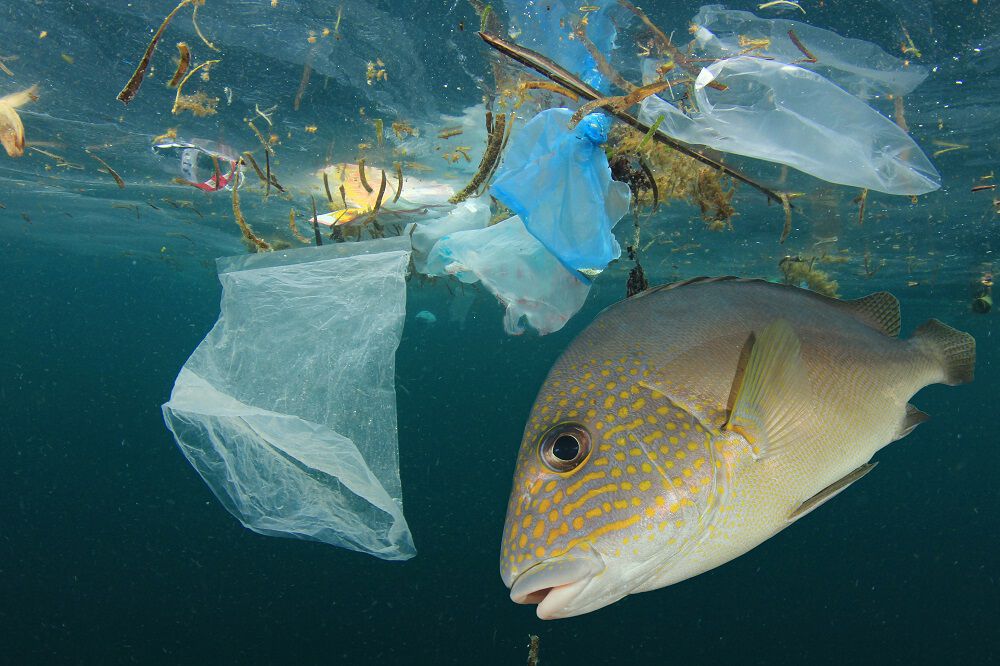Educational experiences
Plastic in the Ocean
We visited the organization Algalita in 2018 to learn about how plastic waste in the ocean affects animals. Algalita works to reduce plastic in the sea. Charles Moore, the founder, discovered the Great Pacific Garbage Patch, an area in the Pacific Ocean with plastic waste caught in a gyre. They taught us an activity that illustrates how plastic affects sea animals.
Equipment (for 2-6 children)
- A plastic container
- Rice paper
- See-through plastic bags
- One clothes pin per child
Instructions
- Cut the rice paper and plastic bags into strips of equal size. They shouldn’t bee to long (6-10 cm) and about 1.5 cm wide. There should be at least 6 strips per person. In other words, for 6 students you should have 18 plastic strips and 18 rice paper strips in each container. Do this right before you start the activity so that the rice paper doesn’t dissolve. Don’t say that there are two differen types of strips
- Fill the plastic container with water
- Tell the students to imagine that they are birds. They find food in the ocean. You hunt for fish and other types of food. The ocean is the water in the container
- You hunt with clothes pins rather than beaks. Each child gets one clothes pin
- Say ready, set, go and have them pick up strips of food. End the activity when everyone has 3-6 strips
- Tell the children to sort the strips into plastic and rice paper. How many do they have of each?
- What is it like to be a bird that mistakes plastic for food? Tell them that plastic fills the stomach of the bird without providing energy. It is very harmful to animals to eat large quantities of plastic

